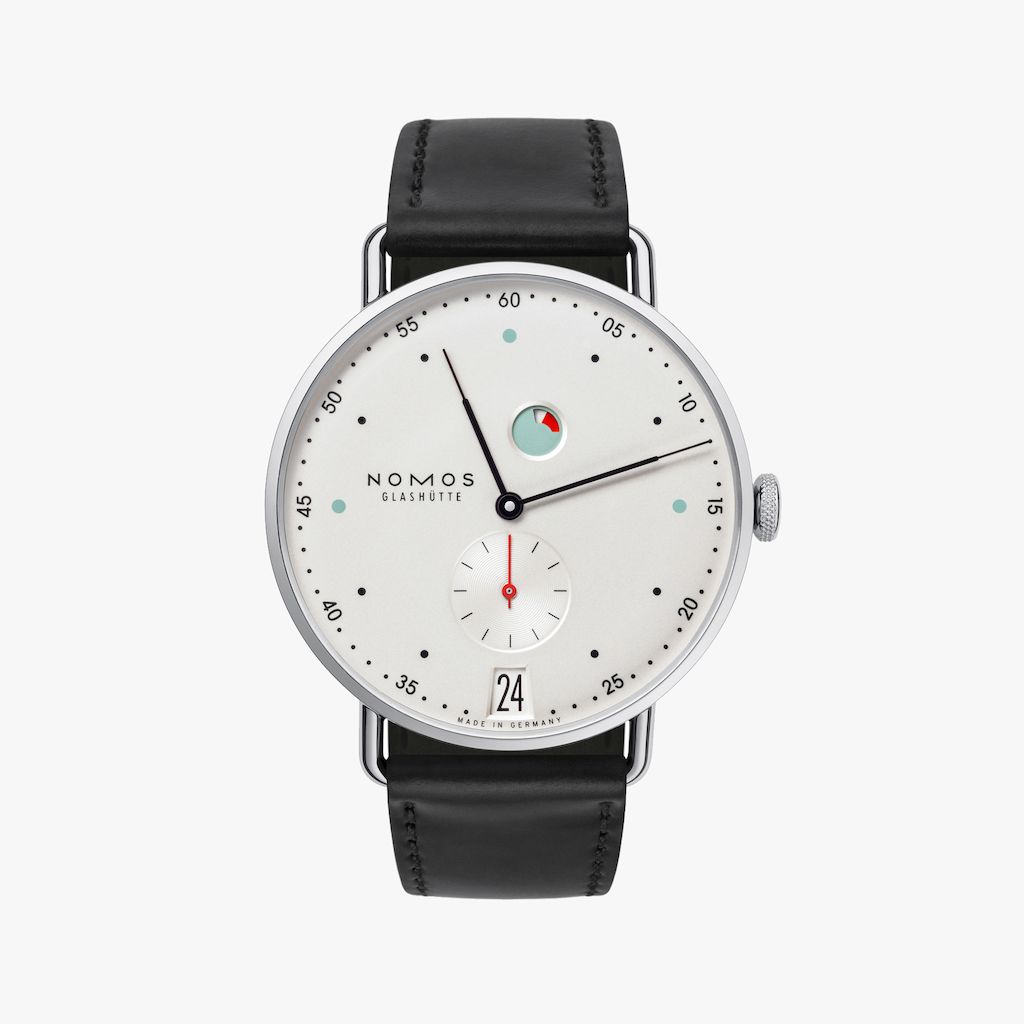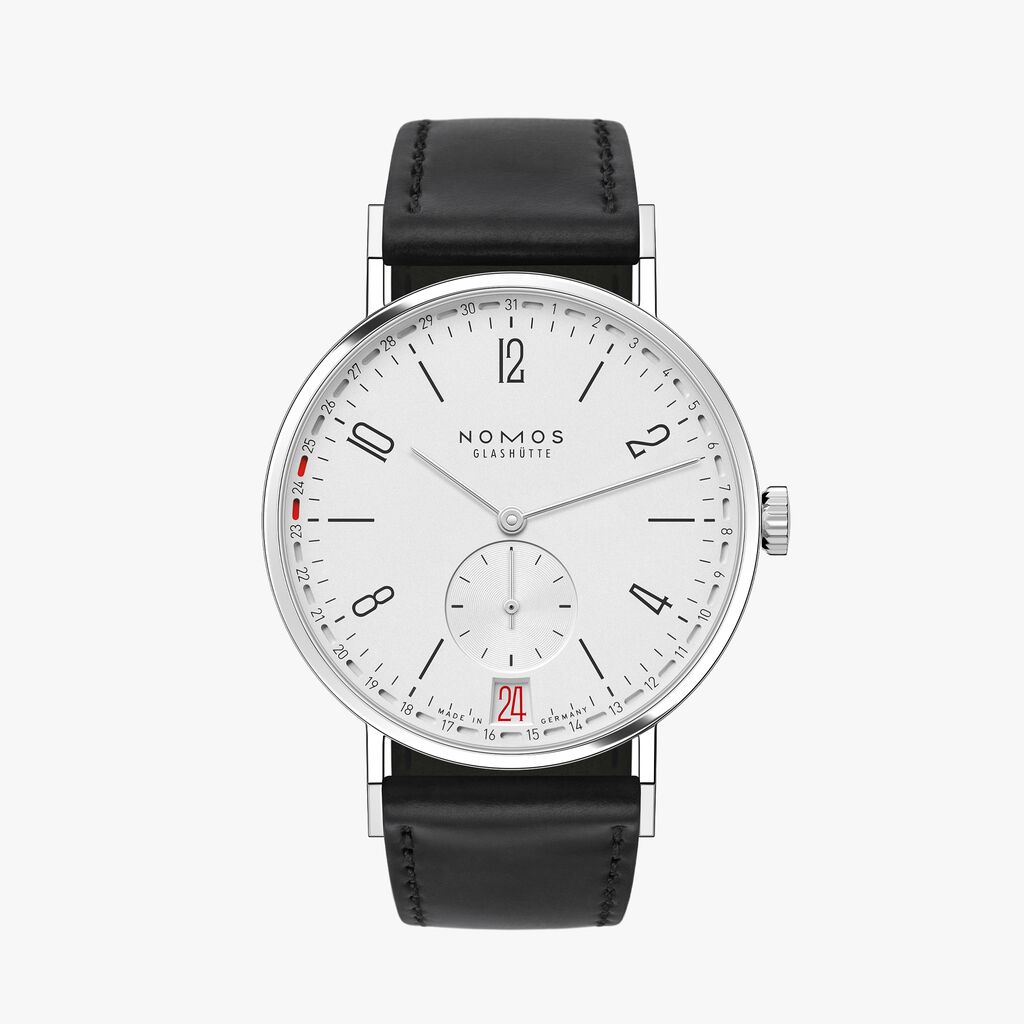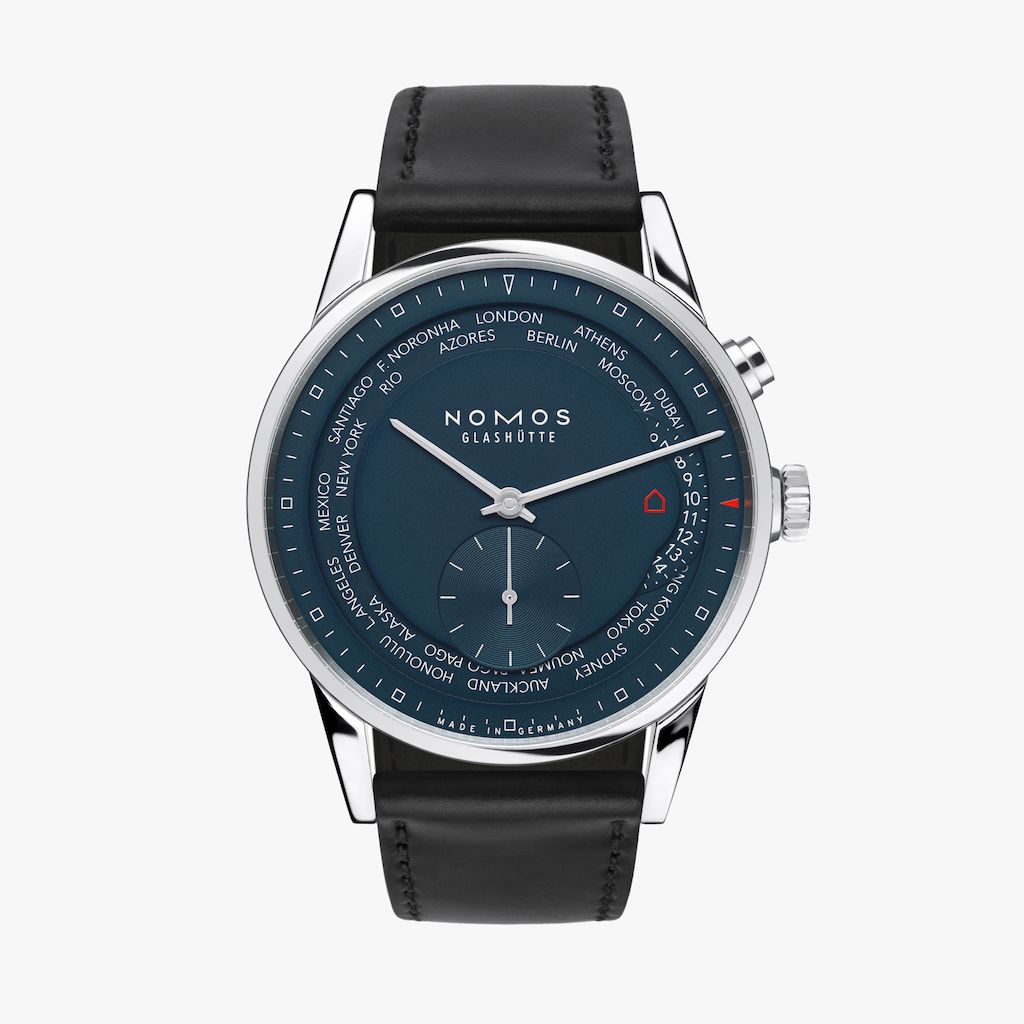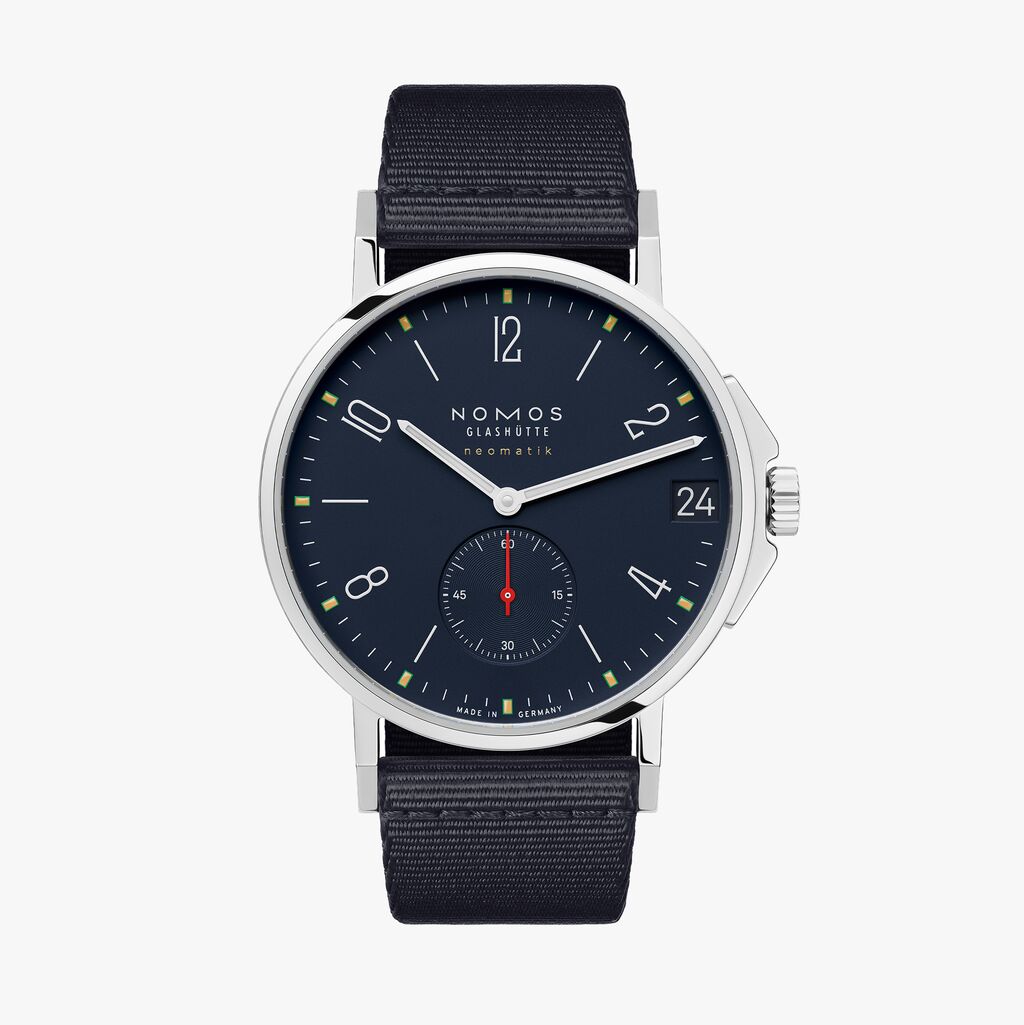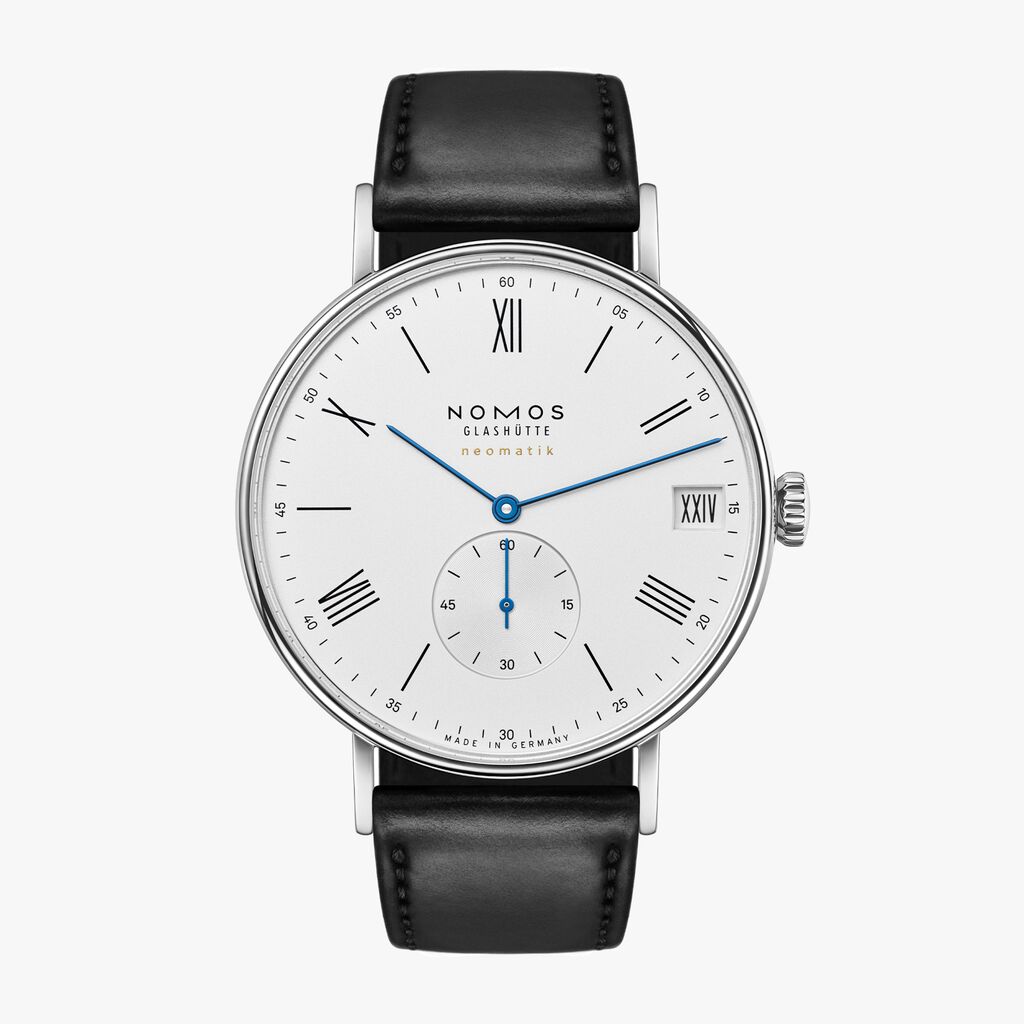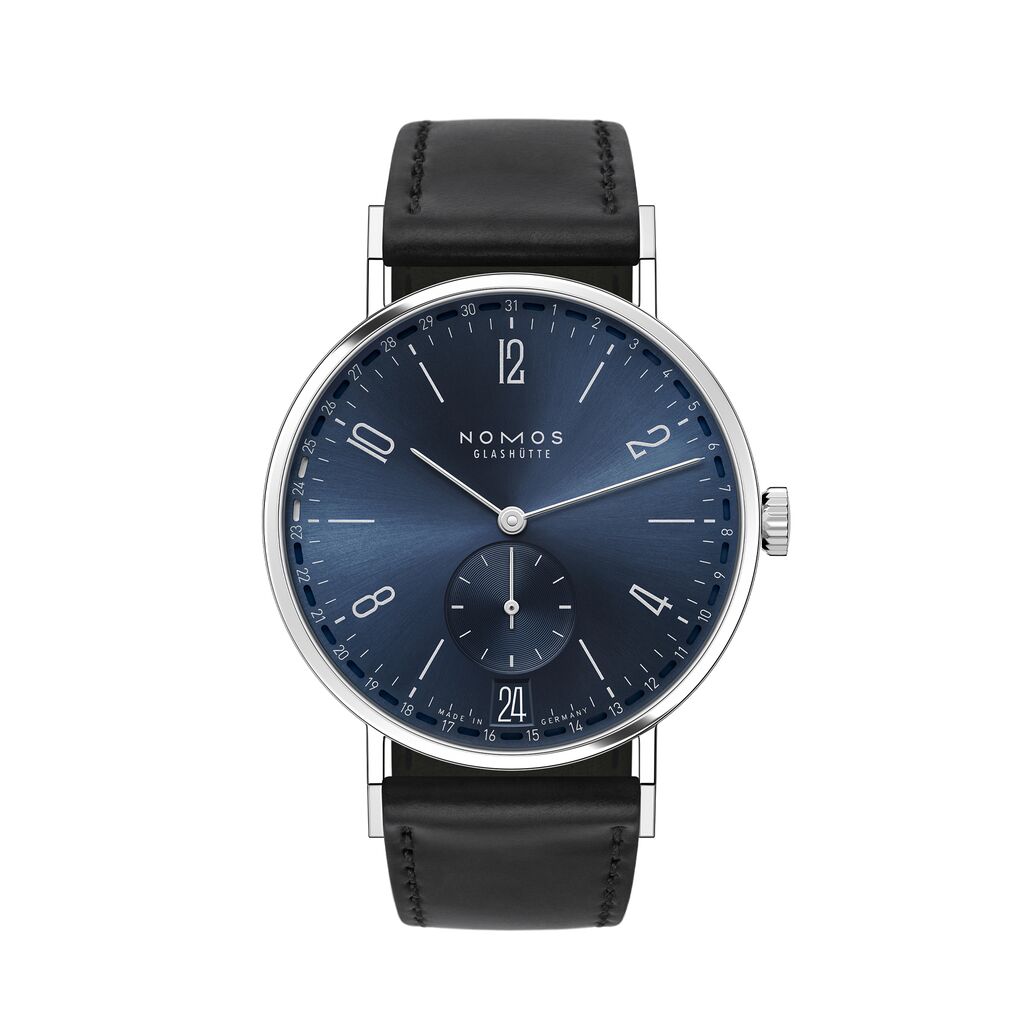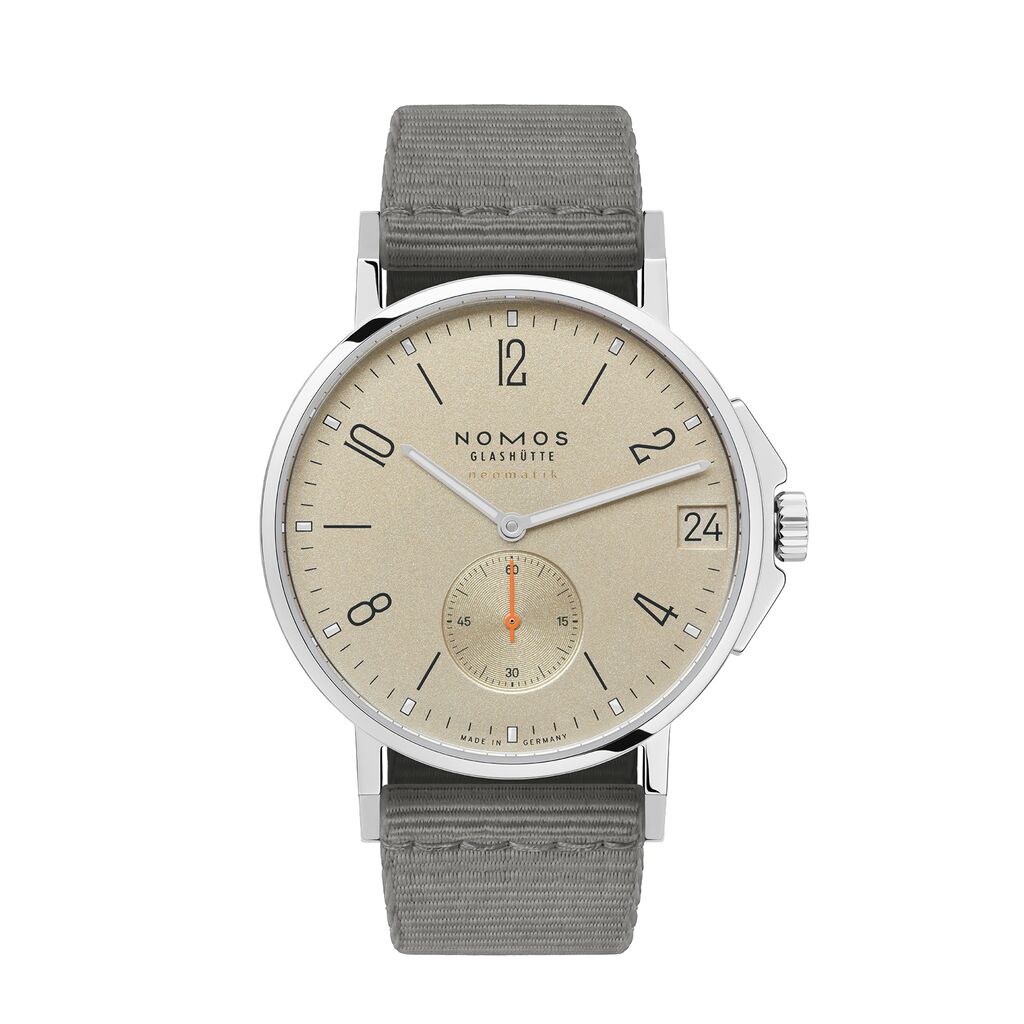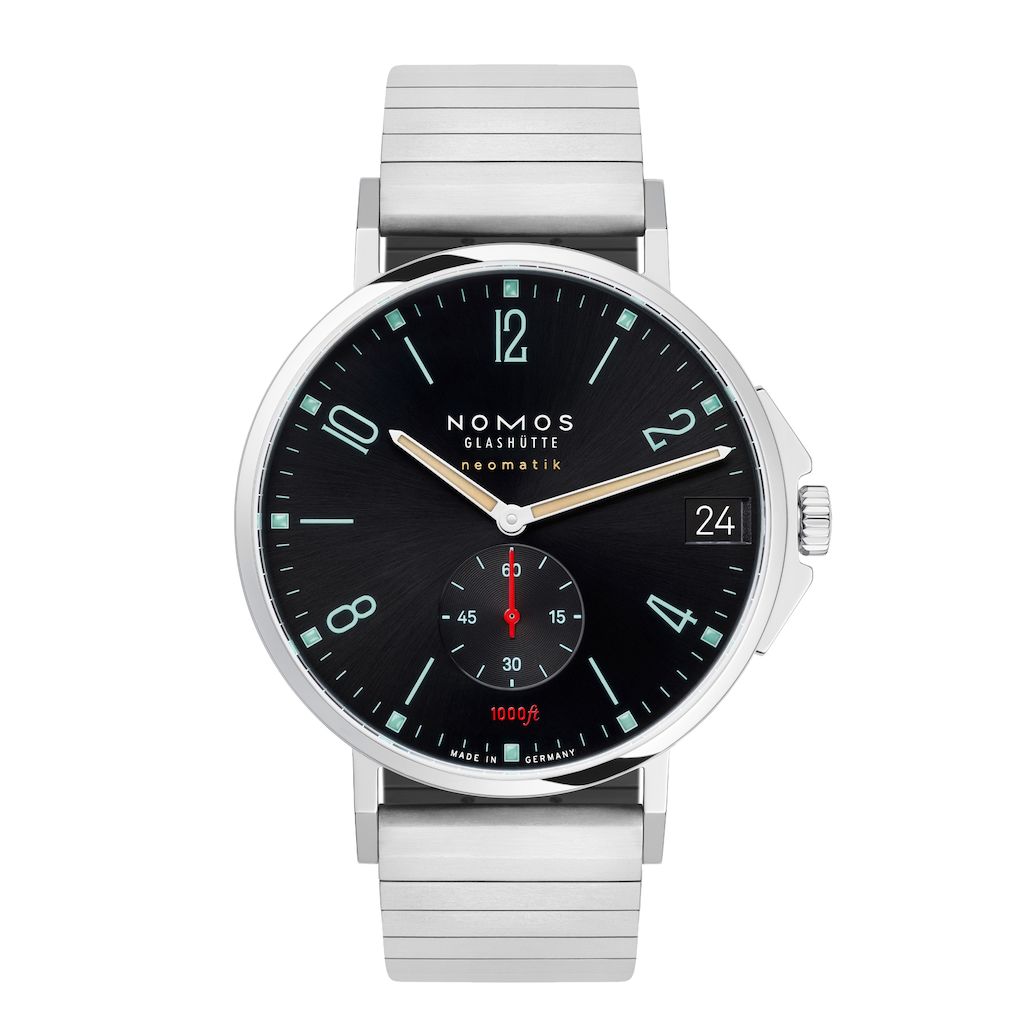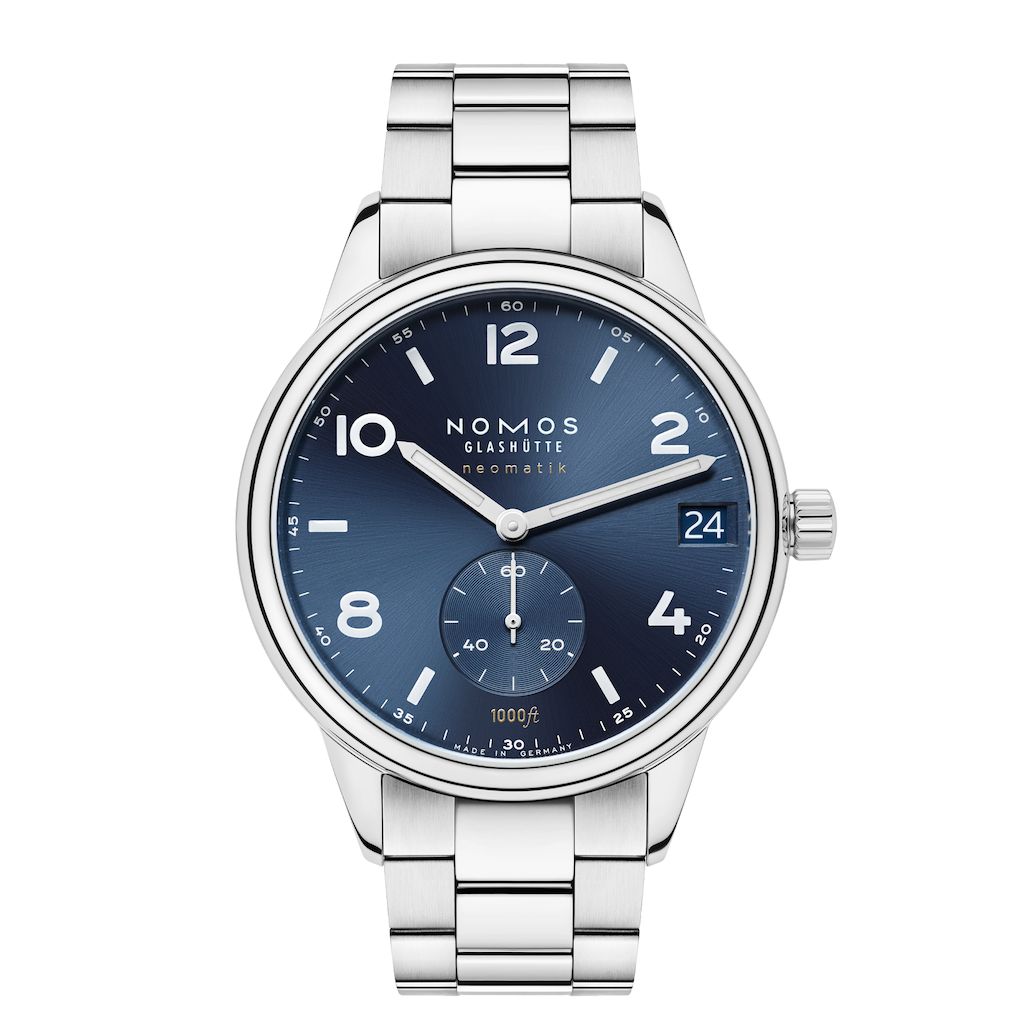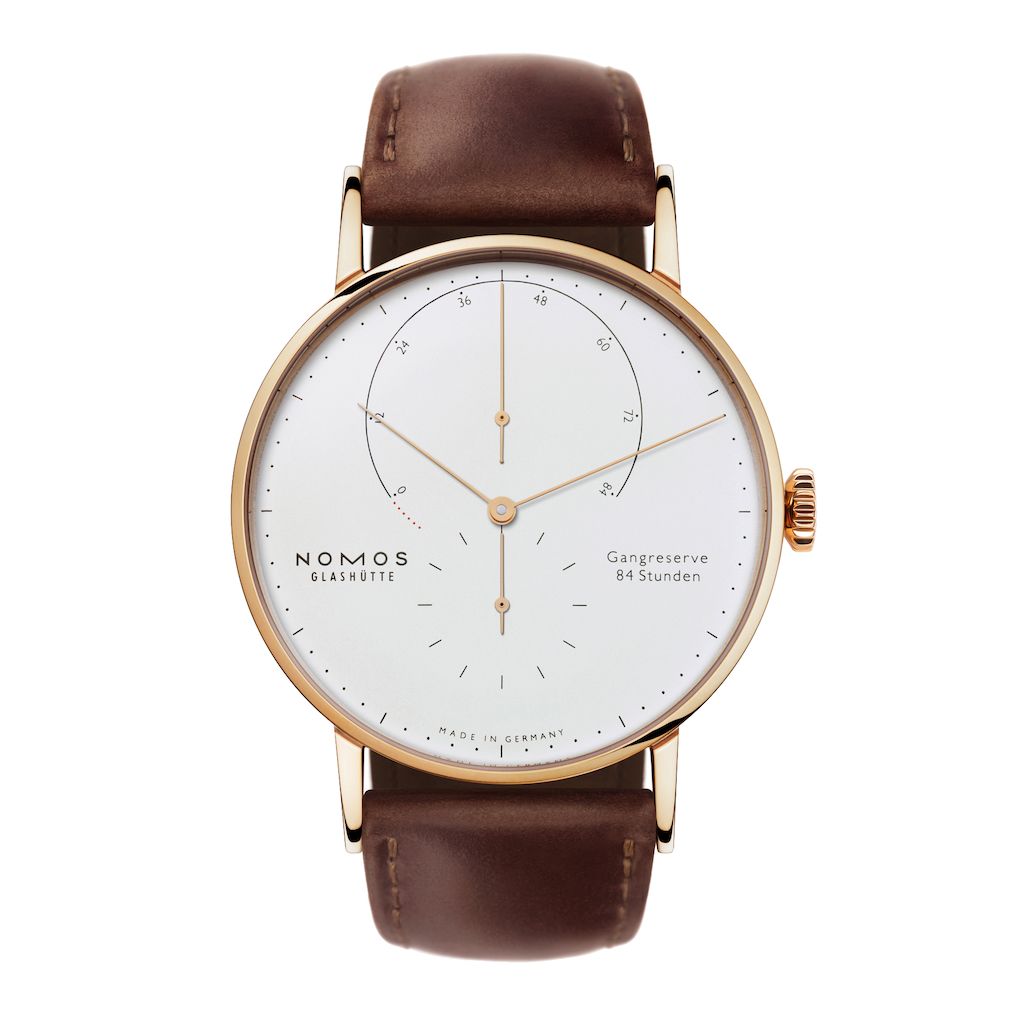What is a complication in a mechanical watch?
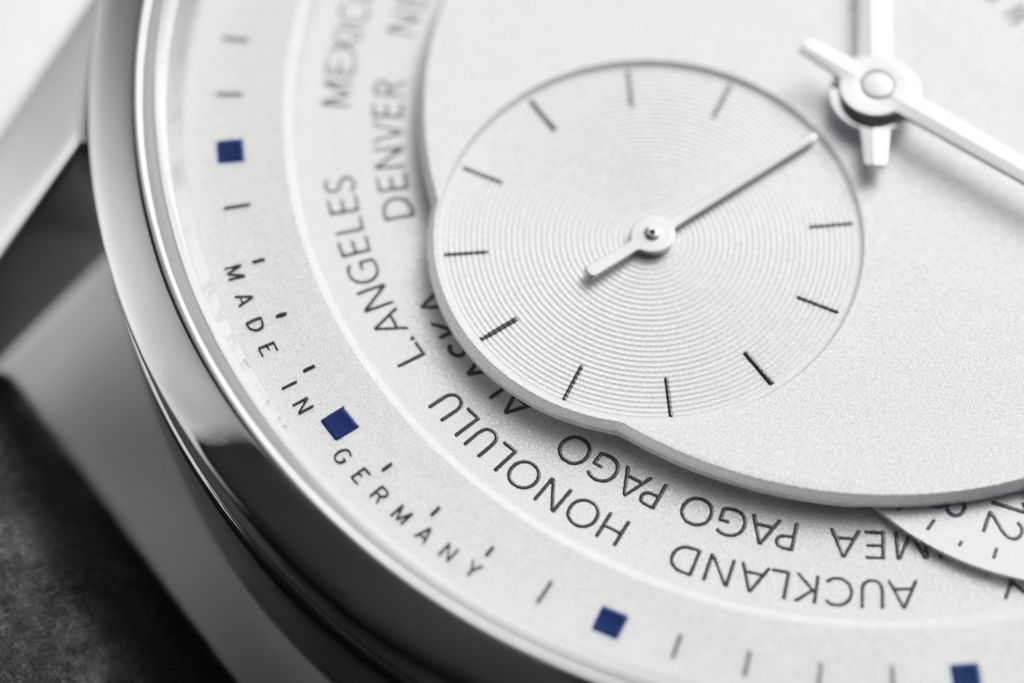
In watchmaking, a watch is said to have a "complication" when its mechanical caliber can do more than display hours, minutes, and perhaps seconds as well. For all additional functions, further gears and more parts are needed—which makes the movement more complicated. A distinction is made between grand complications and small complications. Mechanical watches that are equipped with a number of elaborate extra functions are given the title "Grandes Complications," although there is no universal definition of how many functions a watch must have in order to bear this title.
What types of complications are there in mechanical watches?
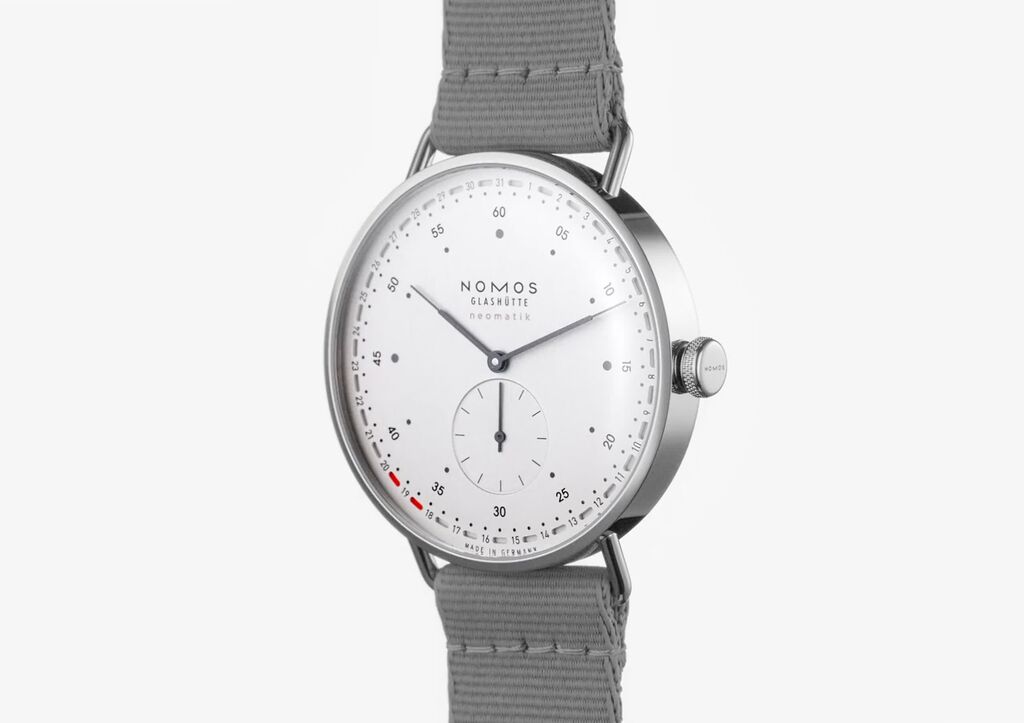
Major complications are comparatively elaborate additional functions such as a chronograph, tourbillon, alarm, repeater striking mechanism, or perpetual calendar. The small complications of mechanical watches include the date display and perhaps the day of the week in a section of the dial, as well as the display of the remaining power reserve—i.e. the tension state of the mainspring—on the dial. The rotating bezel, which is indispensable for diving watches, the moon phase display, and the display of a second time zone or the world time function are also simpler and very useful additional functions in everyday life.
Watchfinder: find the perfect mechanical watch with complication for you
Common complications
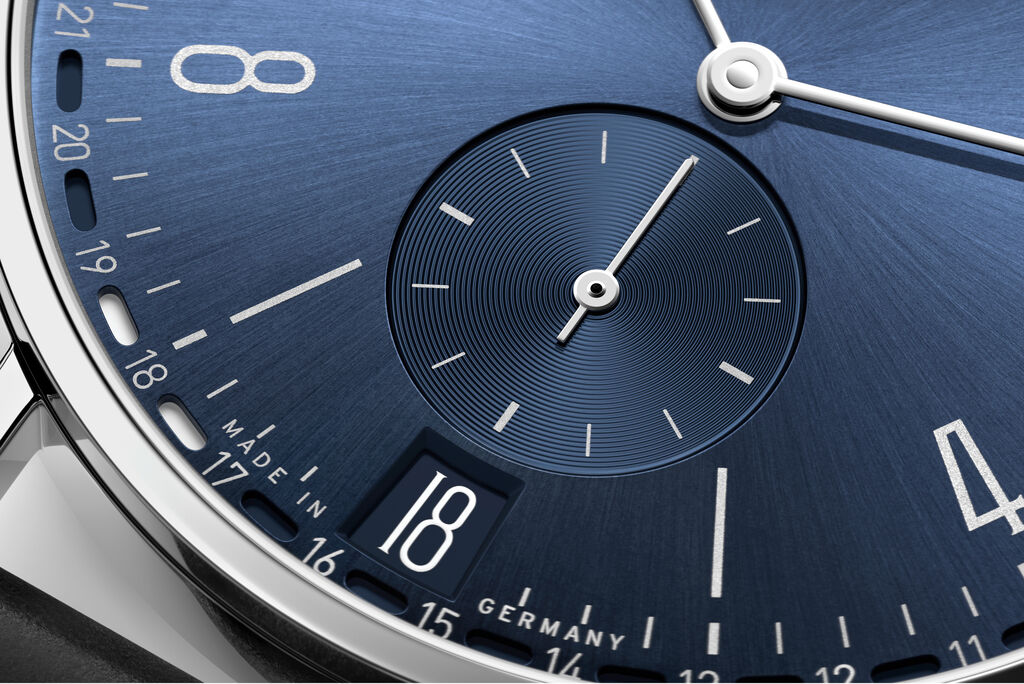
Date
What is the date display in a mechanical watch?
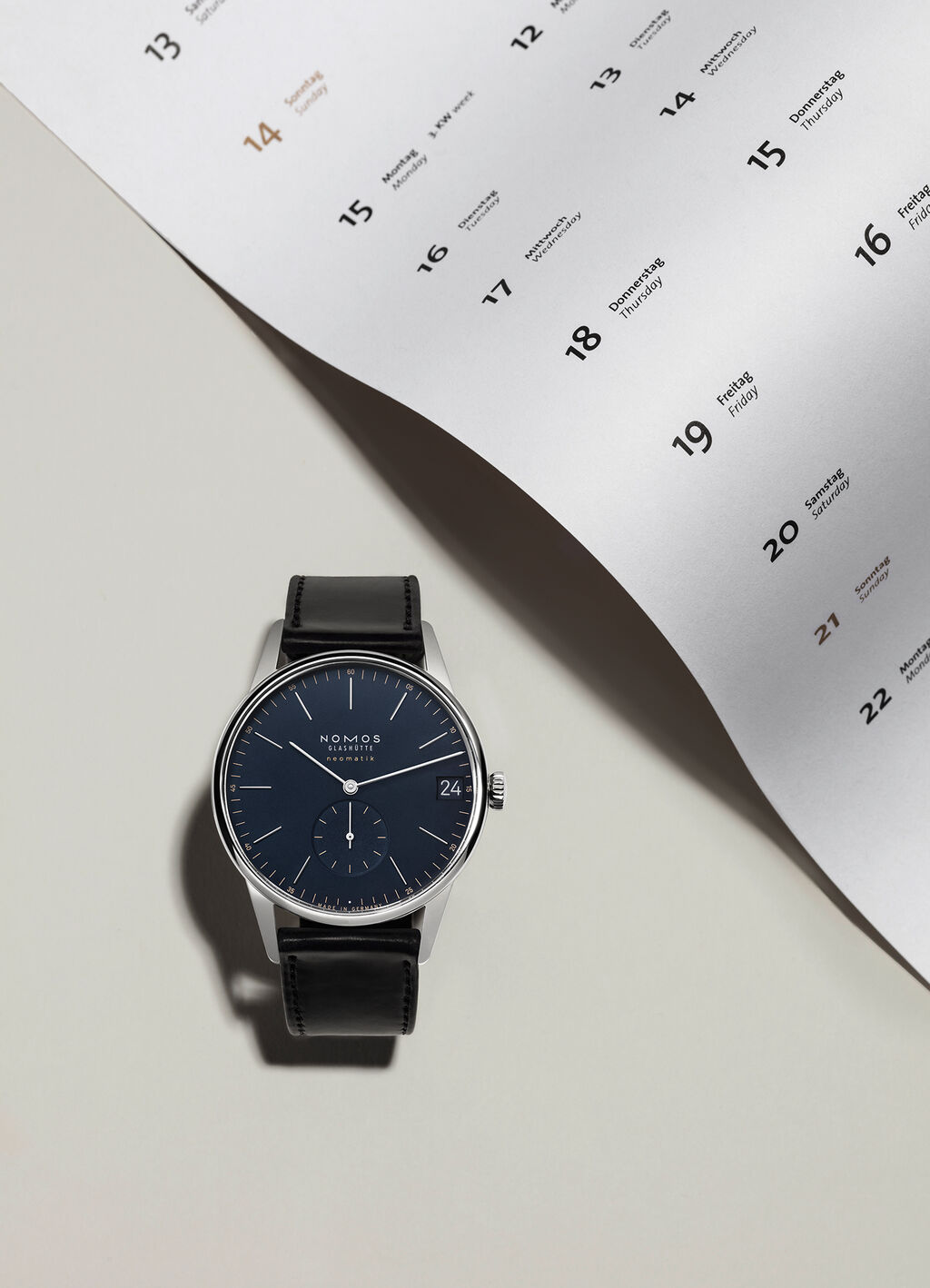
The date display is a small complication that is very popular on both men's and women's mechanical watches and shows what day of the month it is. The first patent for a date display was filed in Switzerland in 1915. There are several options for displaying the date. With the traditional pointer date, the current day is indicated by a centrally mounted large hand on a scale on the outer rim of the dial, or by an off-centered small hand on a subdial. The large date is displayed with the help of two number discs, which circle over each other with a distance of about 0.15 millimeters.
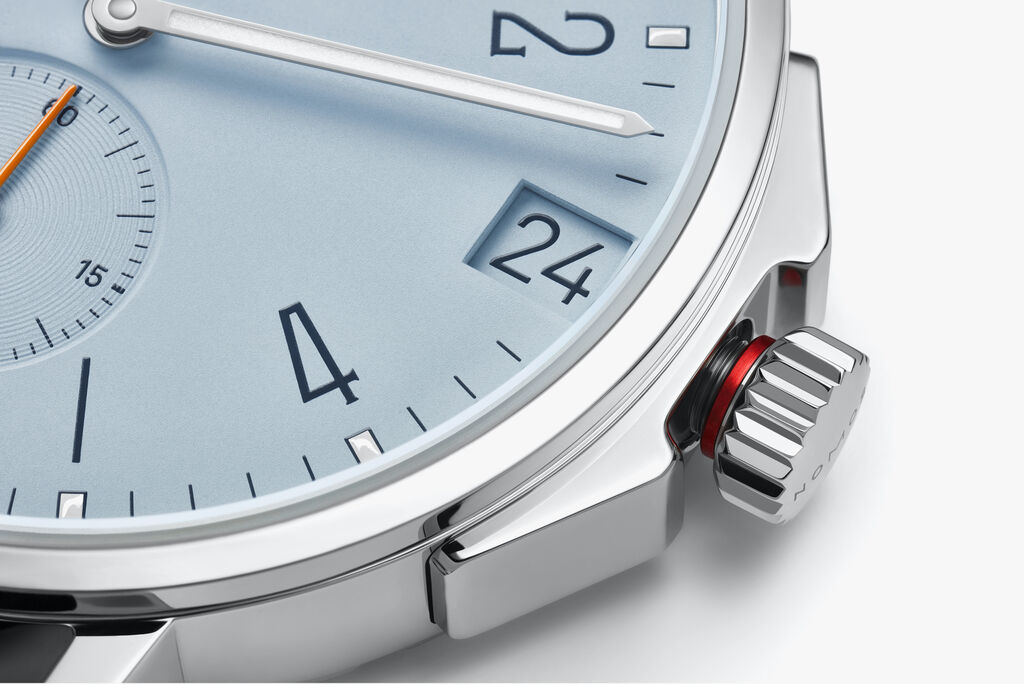
The Glashütte Original manufactory, in turn, holds the patent on the panorama date, in which two concentric discs of different sizes are placed next to each other without touching. On the small, left disc are the numerals 0 to 3, and to the right of that on the large disc are the numerals 0 to 9. The most common form of date display, however, is the date window, usually located at 3 or 6 o'clock. The digits 1 to 31 appear on the date disc below it. The Swiss watch brand Rolex introduced the Day Date model in 1956, which additionally displays the fully spelled out day of the week name in a separate dial window at 12 o'clock, in multiple language options.
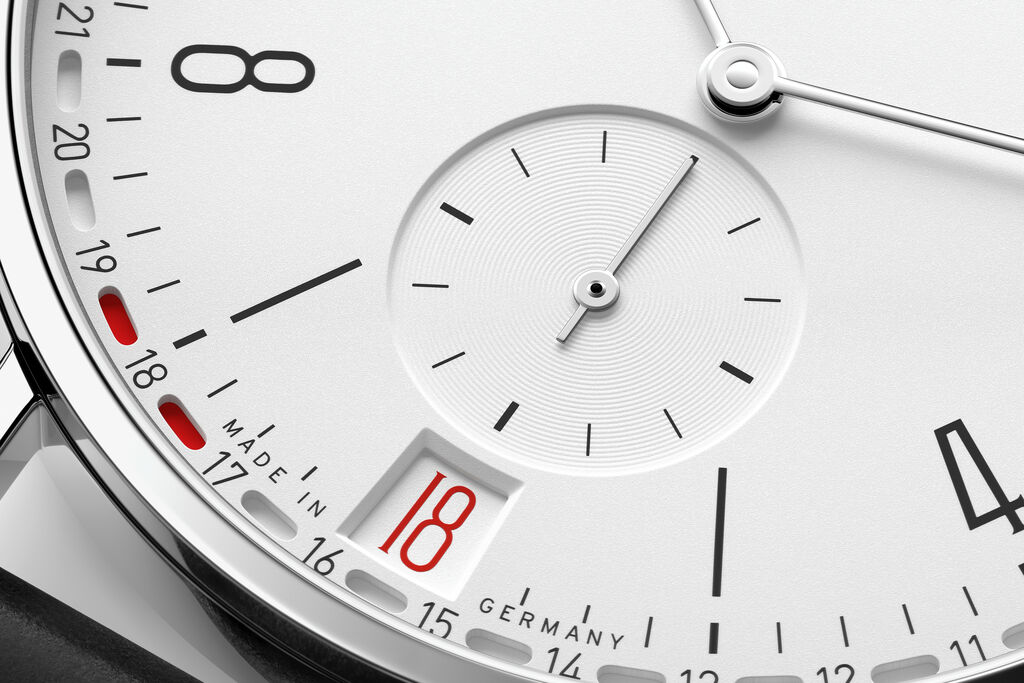
NOMOS Glashütte has developed its own date display, which has also been patented: Two colored markers frame the current day on a date ring, placed around the movement.
How does the date mechanism work in a mechanical watch?
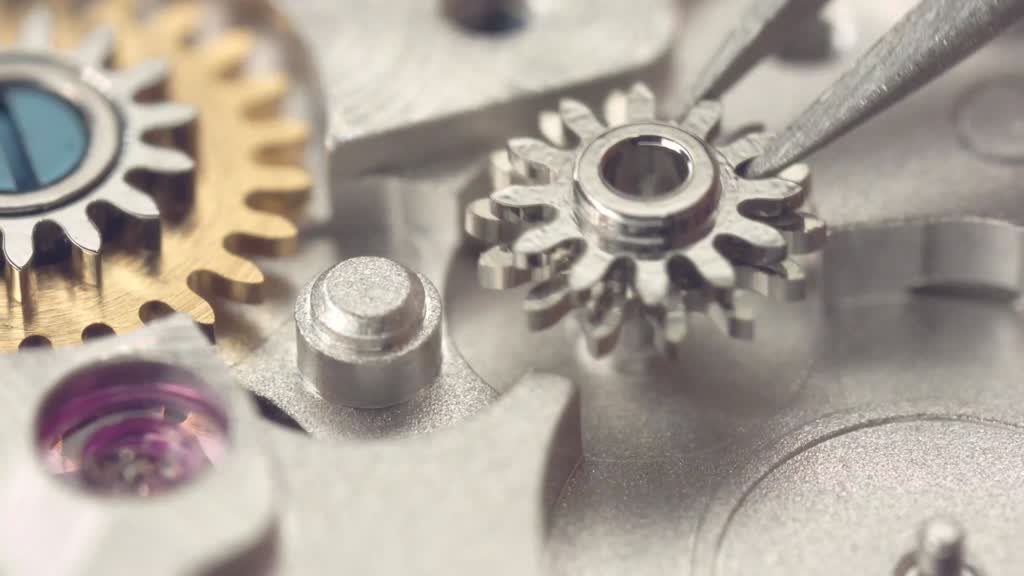
The minute wheel in the center of the movement is connected to the date disc via a series of gears and controls the date change. When the date changes at exactly midnight, it is called 'instantaneous switching' in horological terms. At midnight, the date disc advances one number forward within a few milliseconds. Another option is 'semi-instantaneous switching,' in which the current date number starts slowly moving out of the date window from 30 minutes before midnight and changes to the next day at around midnight.
What is the lock time of the date mechanism in mechanical watches?
The date of a mechanical watch switches to the next day between 9 pm and 3 am. During this period, the movement parts mesh with the gears of the date mechanism. The quick-set date should not be operated via the crown during this locking period, as the movement could be damaged.
The NOMOS caliber DUW 6101

Since the first watchmakers started work in Glashütte in 1845, new standards have been set for the entire watch industry in this small town in southeastern Germany. Today, high-precision manufacturing technology and simulation software enable designers to break new ground in movement development. One example of these innovative next-generation movements is the automatic caliber DUW 6101 from Deutsche Uhrenwerke NOMOS Glashütte, which features a double-patented date mechanism. NOMOS Glashütte holds a patent on both the date display, which features two colored markers that circle the date ring (known as the "Update" display), and for the date mechanism itself, which switches the date with the aid of a program disc.
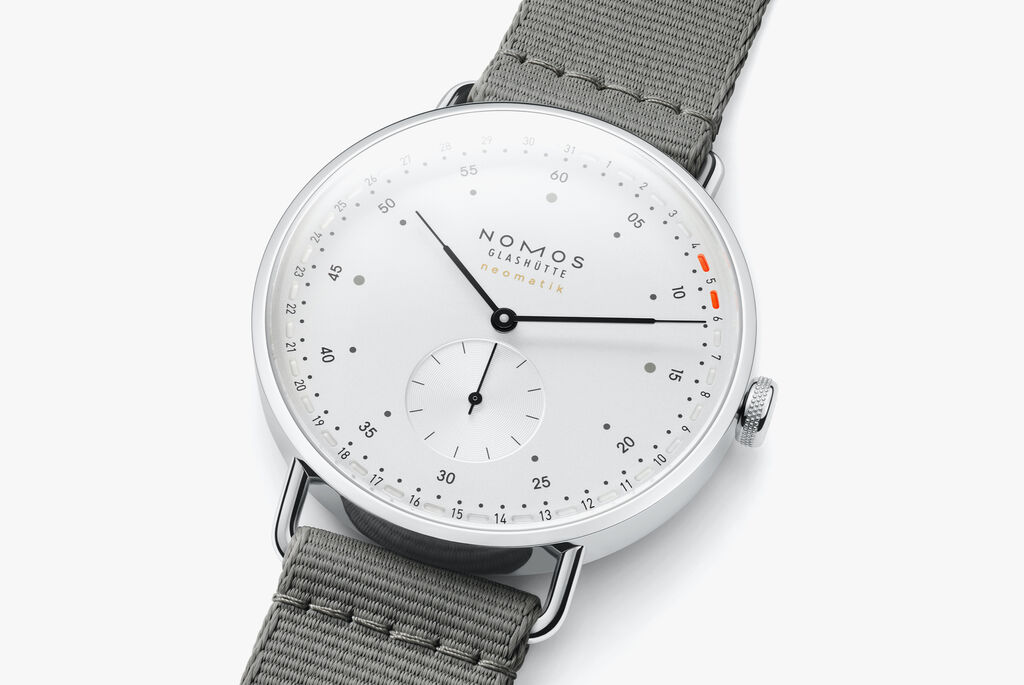
Date ring arrangement
In DUW 6101, the date complication is not mounted onto the movement, as is typical in other calibers, but rather integrated into the movement, with the date ring placed around the outside of the movement. From a design point of view, this opens up new possibilities—and on the rotating date display, you can see not just one day, but the entire month.
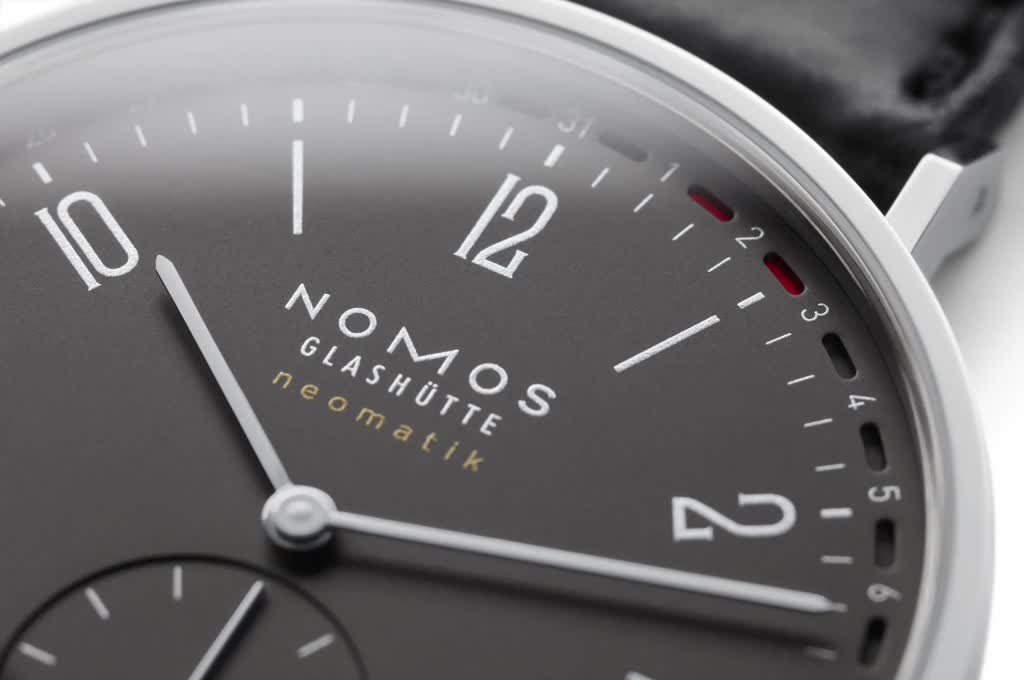
Bidirectional quick-change date
Most calibers correct the date in only one direction: forward. Assuming a wristwatch stopped on July 2 and is to be set correctly on August 1, the date would have to be advanced 30 days at once. NOMOS Glashütte has developed a bidirectional quick-change date for the neomatik caliber DUW 6101, which also allows the days to be set backwards—an enhancement with great benefits! And this is how the bidirectional quick-change date from NOMOS Glashütte works: the crown is connected to the five-armed corrector wheel via a gear chain. When it is pulled into the second position, the corrector wheel can move left or right when the crown is turned, and the date ring is turned forward or back by one number.
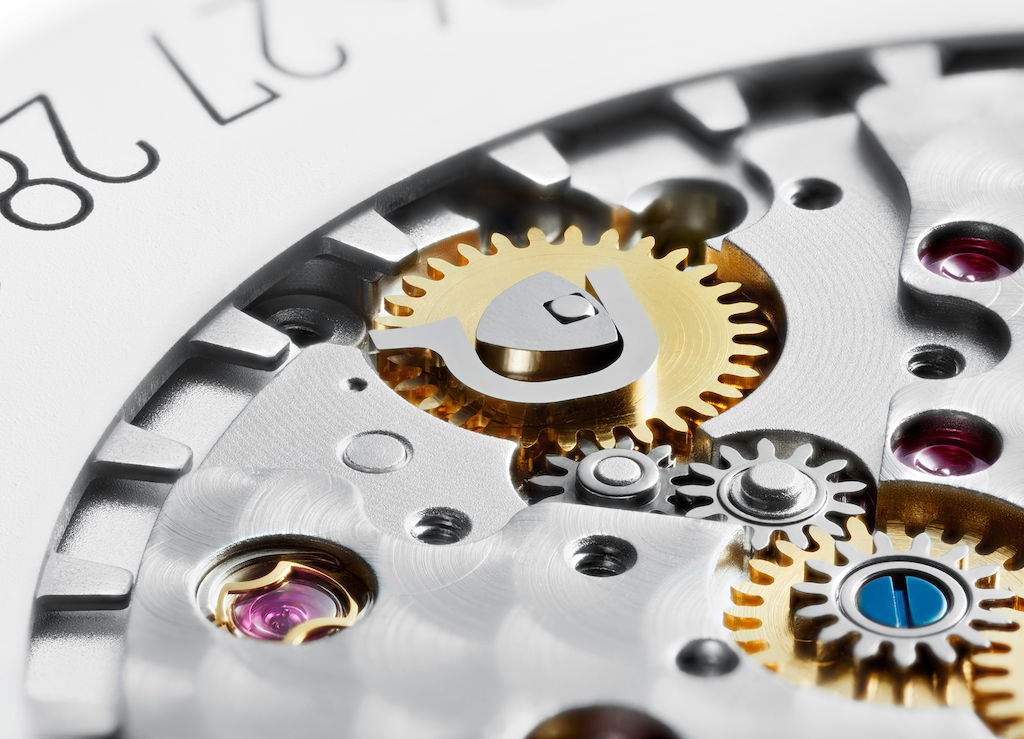
Shortened locking time
Compared to conventional movements with date complications, the NOMOS DUW 6101 date caliber has a shortened locking time. The date wheel of the high-precision automatic caliber is smaller and rotates not once, but four times in 24 hours—and also four times as fast. Only on the fourth rotation does a small wheel with three rounded edges (called a program disk) activate a switching finger, which then engages the date disk and moves it forward one position. The faster rotation of the date switching wheel results in a significantly shorter locking time. The neomatik caliber only needs about 30 minutes for date switching, and the locking time is 90 minutes, instead of six hours.
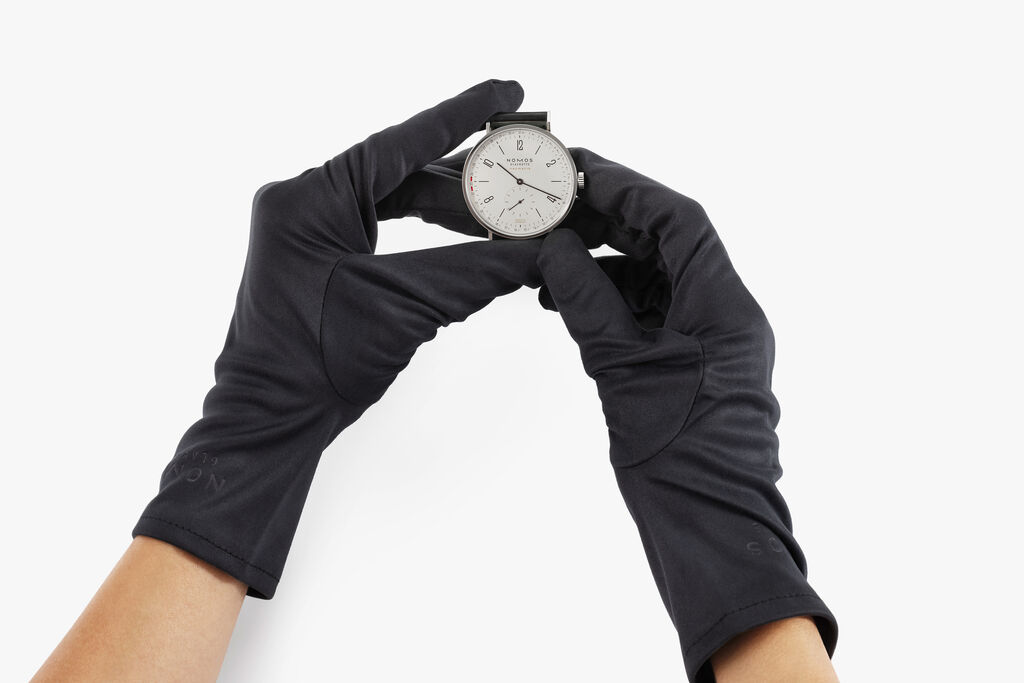
Protection of the movement during the blocking period
And what happens if you forget about the locking time and try to set the date while the movement and date switching are engaged? Nothing will happen when you turn the crown, because a torque clutch was installed in DUW 6101 to protect the movement in this case. So when you turn the crown, you'll only notice that the force applied is going nowhere. The driving wheel of the clutch is permanently pressed onto the corrector wheel by a spring. At midnight, the shift finger is engaged with the date disc. When the crown is operated, the clutch disengages from a certain torque, and the two planes rotate separately so that the date mechanism cannot be damaged.
Watches with date mechanism
Power reserve indicator
What is the power reserve on a mechanical watch?
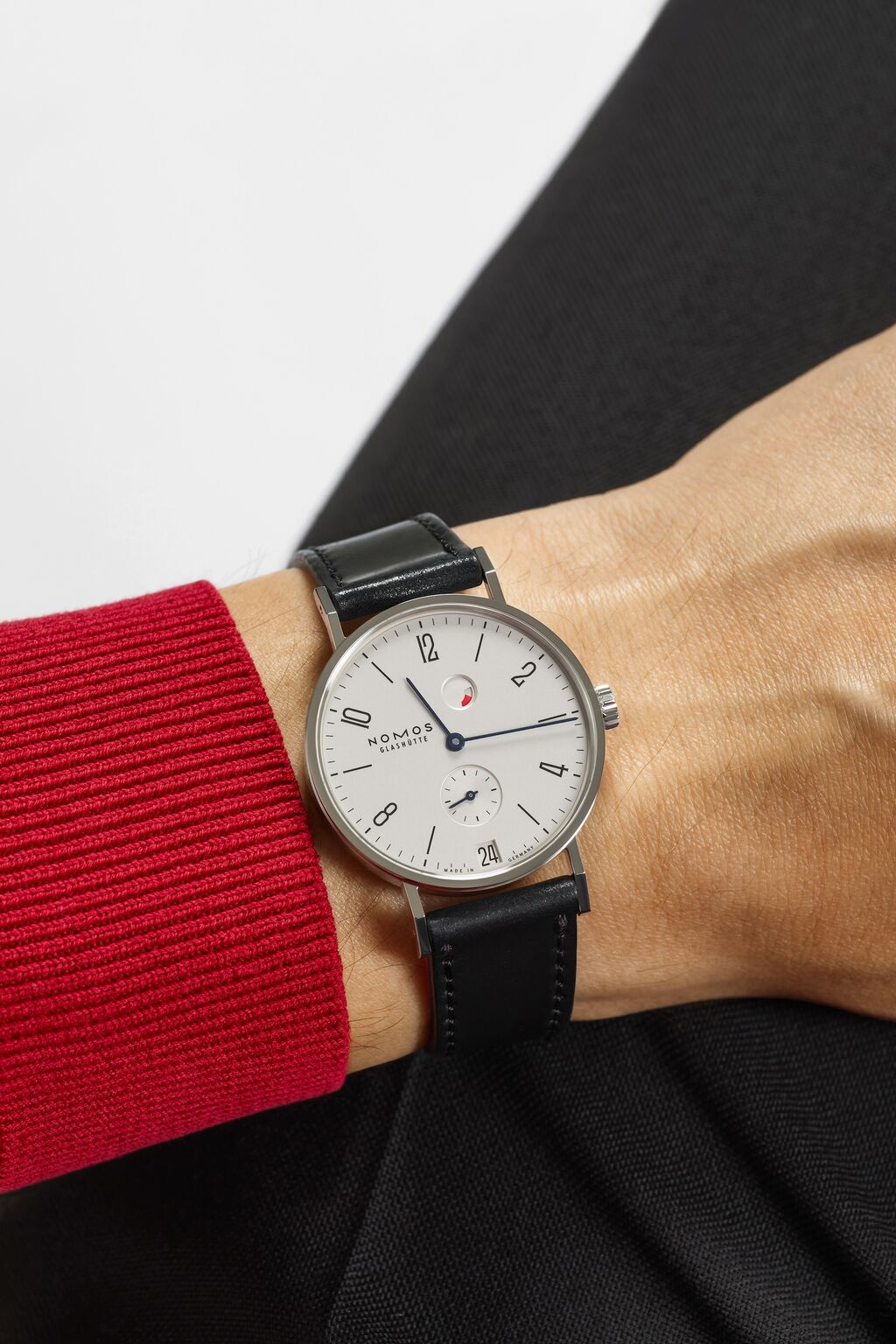
The power reserve is the energy that is still stored in the mainspring of a mechanical watch. The power reserve indicator makes the current status of this storage, this reserve, visible on the dial and indicates when the watch must be wound up again or, in the case of automatic watches, moved again. Design-wise, there are many ways to indicate the remaining tension of the mainspring: The remaining running time can be quantified in hours; a hand can indicate the energy level on a scale from full to empty; and there are also linear representations with graduation marks, to name a few options.
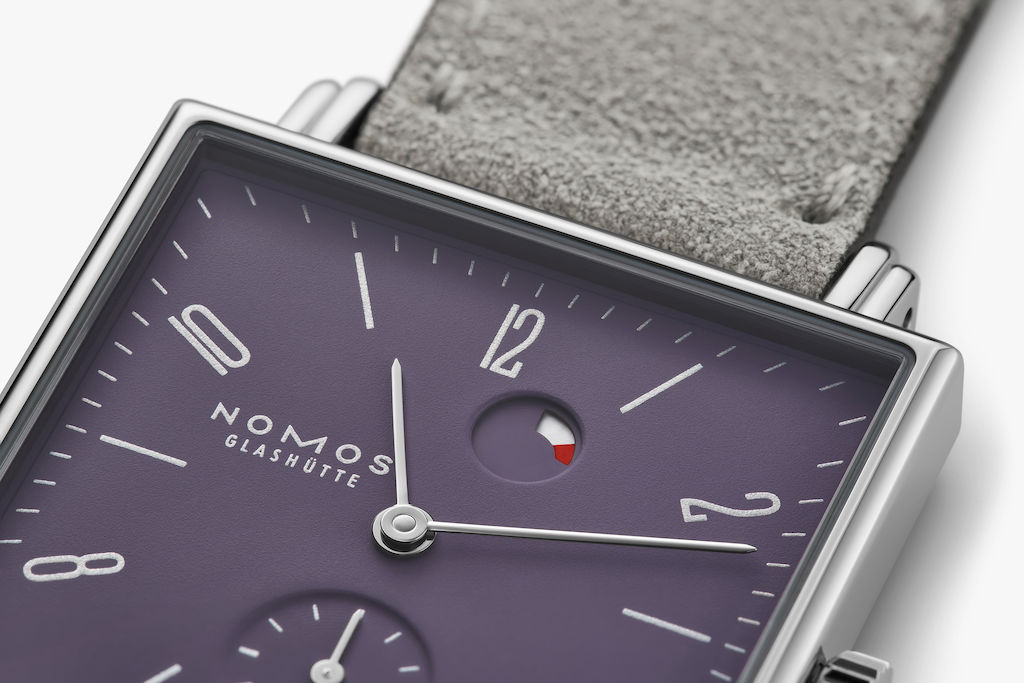
This complication became popular with the advent of automatic watches in the middle of the last century, as an additional feature of wristwatches for civilian use. It provided visible proof that rotor-driven calibers did indeed rewind themselves through movement. Today, people have long become accustomed to self-acting mechanisms and so appreciate power reserve indicators on hand-wound watches as reminders to rewind them in time. Similar to refueling a car, you can then enjoy seeing the indicator go back to "full".
How does the power reserve indicator work in mechanical watches?
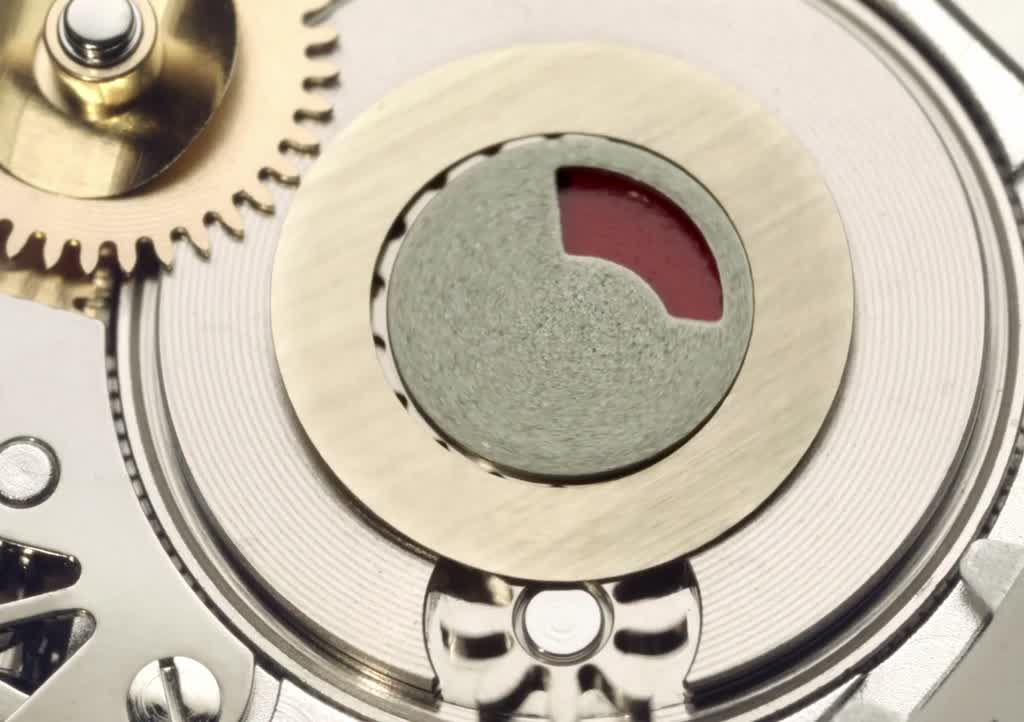
To display the power reserve in the barrel on a watch dial, the indicator must be connected to the winding mechanism in the barrel, usually via a gear. When the tension of the mainspring increases (due to the motion of an automatic watch or winding the crown of a hand-wound watch), the display mechanism is affected. Depending on the design, a hand then moves towards the maximum indication or the increasing tension is translated into numerals. When the spring relaxes, the motion of the power reserve indicator mechanism reverses accordingly.
The patented power reserve display of mechanical watches from NOMOS Glashütte
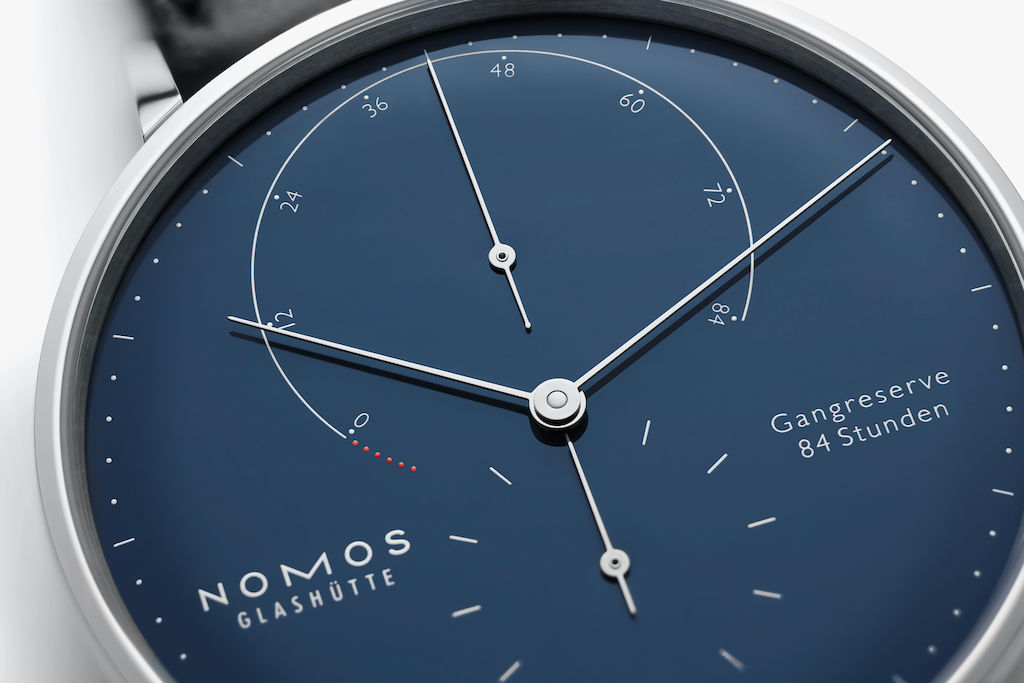
In the haute horlogerie collection from NOMOS Glashütte, the hand-wound Lambda model features a power reserve display. The DUW 1001 caliber is equipped with twin mainspring barrels, and the resulting power reserve of at least 84 hours is made clear on the dial in a generous pointer display via a traditional differential gear that incorporates both barrels.
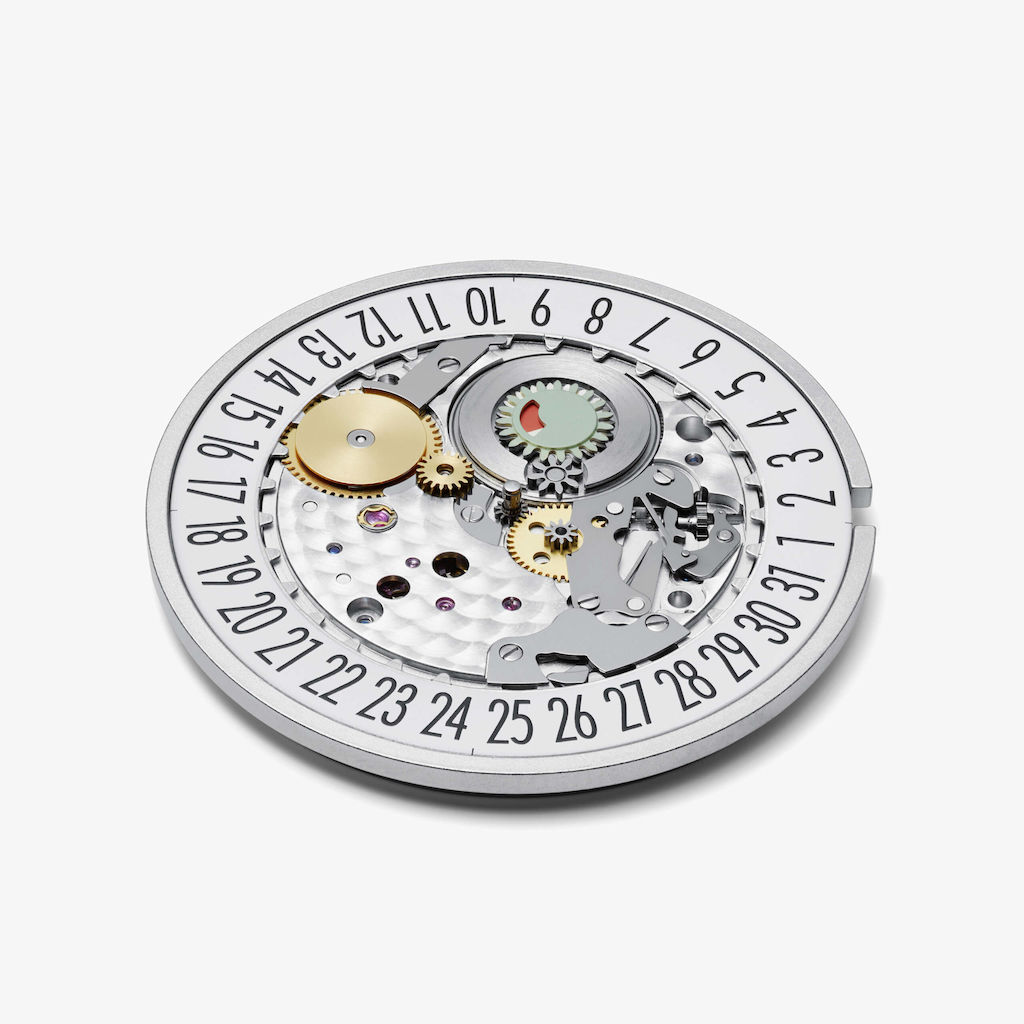
Some hand-wound Metro, Tangente, and Tetra models also have a power reserve indicator. This, in turn, is based on NOMOS Glashütte's own patented mechanism. As is often the case with developments from NOMOS Glashütte, the art here also lies in simplification. Without a gear train, the NOMOS version of this complication in the calibers DUW 4301 and DUW 4401 is directly integrated into the barrel with only three parts. The energy level is then made visible on the dial in a round window with a crescent-shaped display in the area between 12 and 2 o'clock. At 2.8 millimeters high, both calibers are only 0.2 millimeters thicker than the classic NOMOS hand-wound caliber without this complication, Alpha.
Watches with power reserve indicator
World time indicator
What is "world time"?
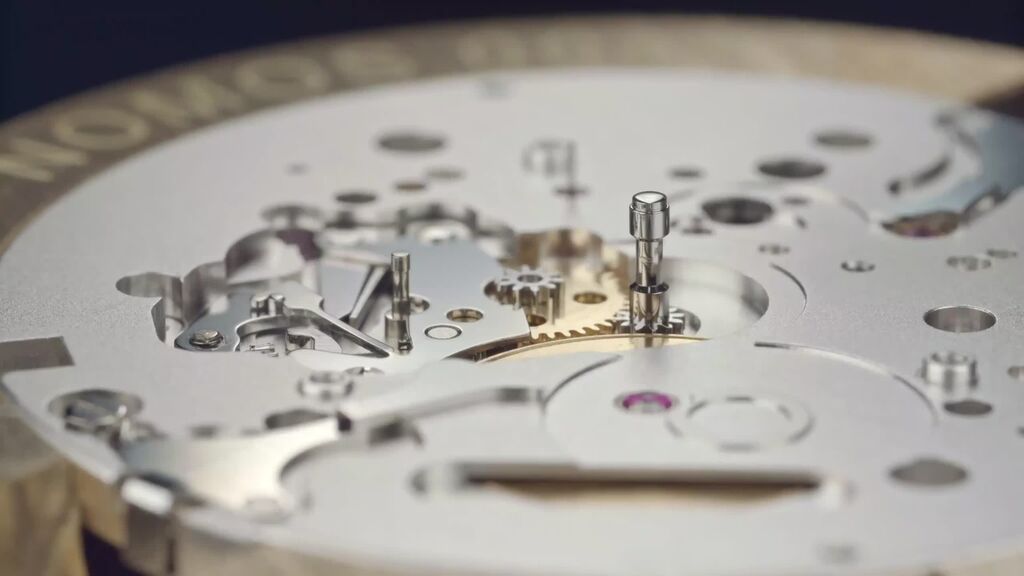
The earth is divided into 24 time zones, with each one differing by one hour. From west to east, the time advances by one hour every 15 degrees—although there are also countries that have given themselves their own time zones. That said, the vast majority of countries follow the uniform system, which in 1884 established the solar maximum over Greenwich in England as the Prime Meridian (GMT: Greenwich Mean Time) and gradually replaced the practice of countless local times throughout the world. This had become necessary above all due to the growing importance of the railroads. In order to be able to relate travel times and local times to each other, American railroads had initially introduced their own time systems—which meant that stations served by several lines also had to have several clocks. In Germany, local times were standardized in 1893 and linked to Central European Time (CET), which differs from the Prime Meridian by + 1 hour. Previously, railroad times had differed by up to 20 minutes in the southwestern regions of the country alone. And traveling around Lake Constance, which covers an area of 536 square kilometers, travelers had to update their time five times.
How does the world time display work on mechanical watches?
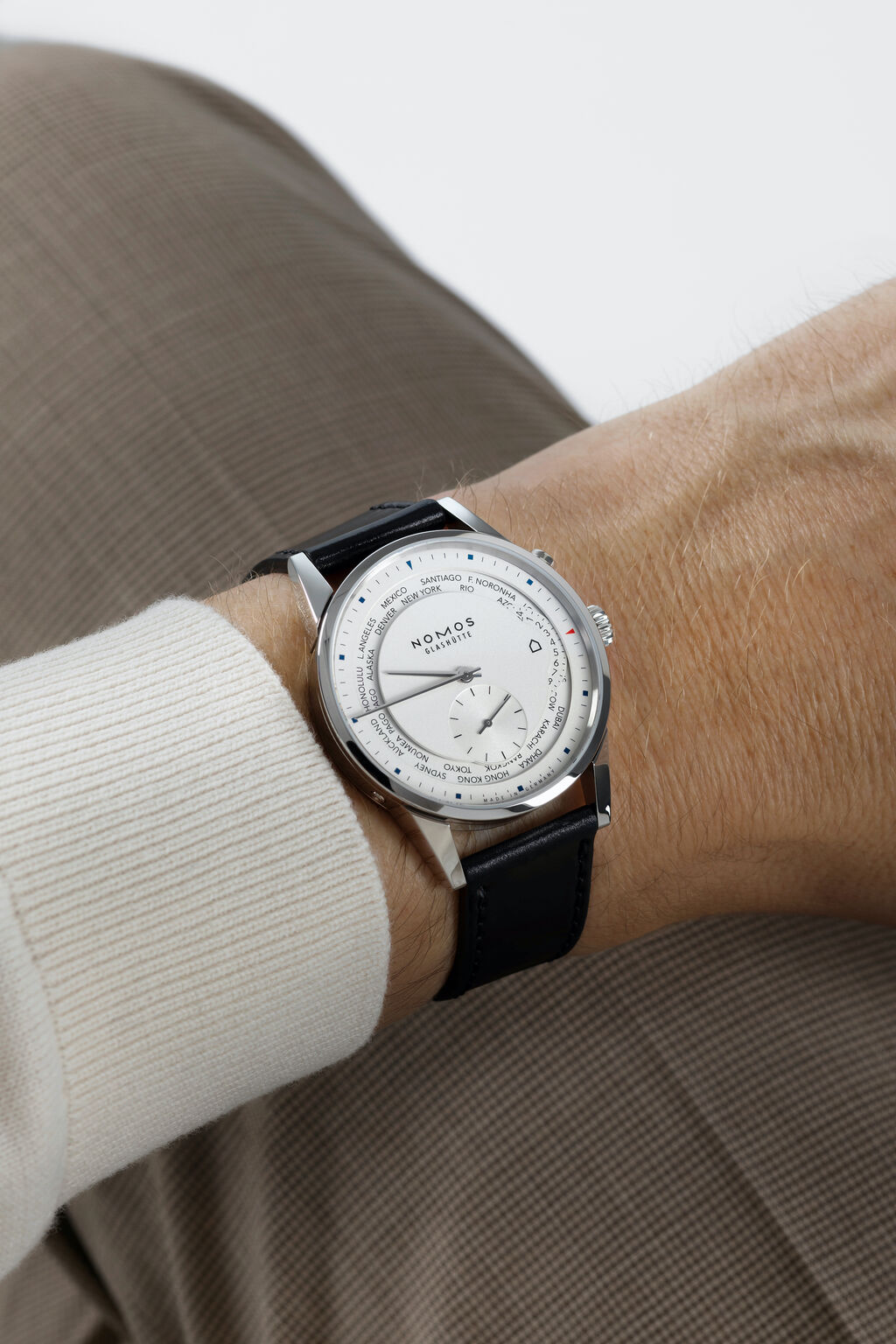
Watches with a world time display show all 24 time zones of the earth on the dial by using at least one reference city as an example. There are various display options. For example, a city ring can be placed around the outside of the dial, activated by a push button or the crown, and linked to the time valid in that city—which is then displayed on a subdial. Or the city disc can be arranged on the dial and connected to the local time, so that all time zones can be presented at once. The world time mechanism can also be adjusted via a rotating bezel.
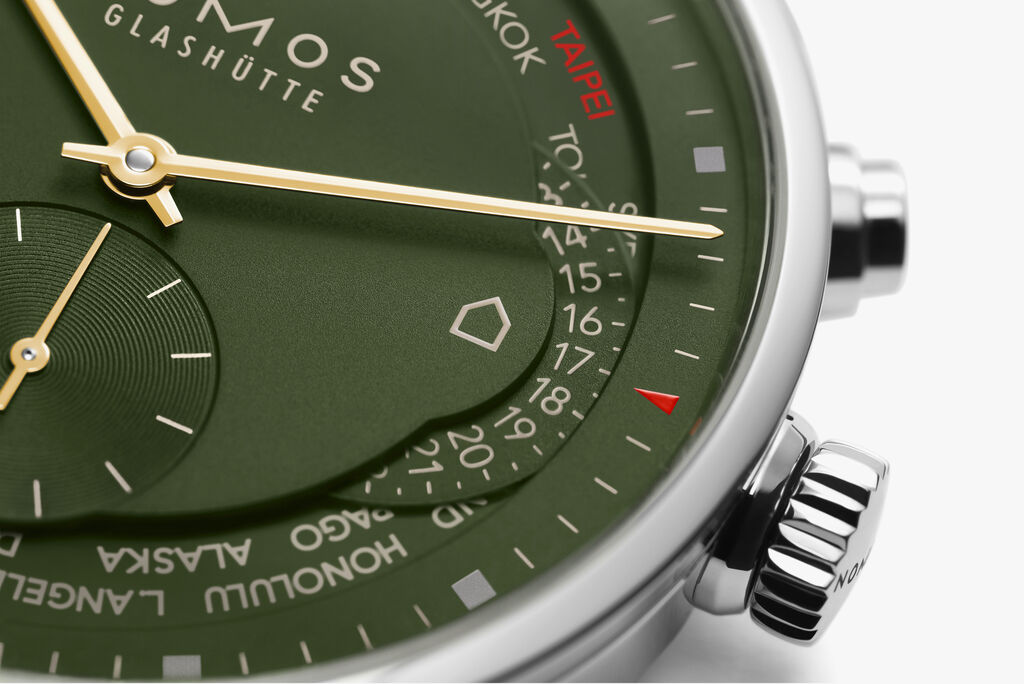
Additional functions can show whether it is currently day or night in the respective locations, or perhaps whether daylight saving time is in effect. And of course, the representative cities of the respective time zones are not the same for all mechanical watches, but this selection is also a nice way to express world perceptions or to address certain groups of people. Whether it's for international business, traveling, or to accompany a far flung family in spirit—the world time function is a useful and unifying complication that has a playful character as well.
The world time mechanism in mechanical watches from NOMOS Glashütte
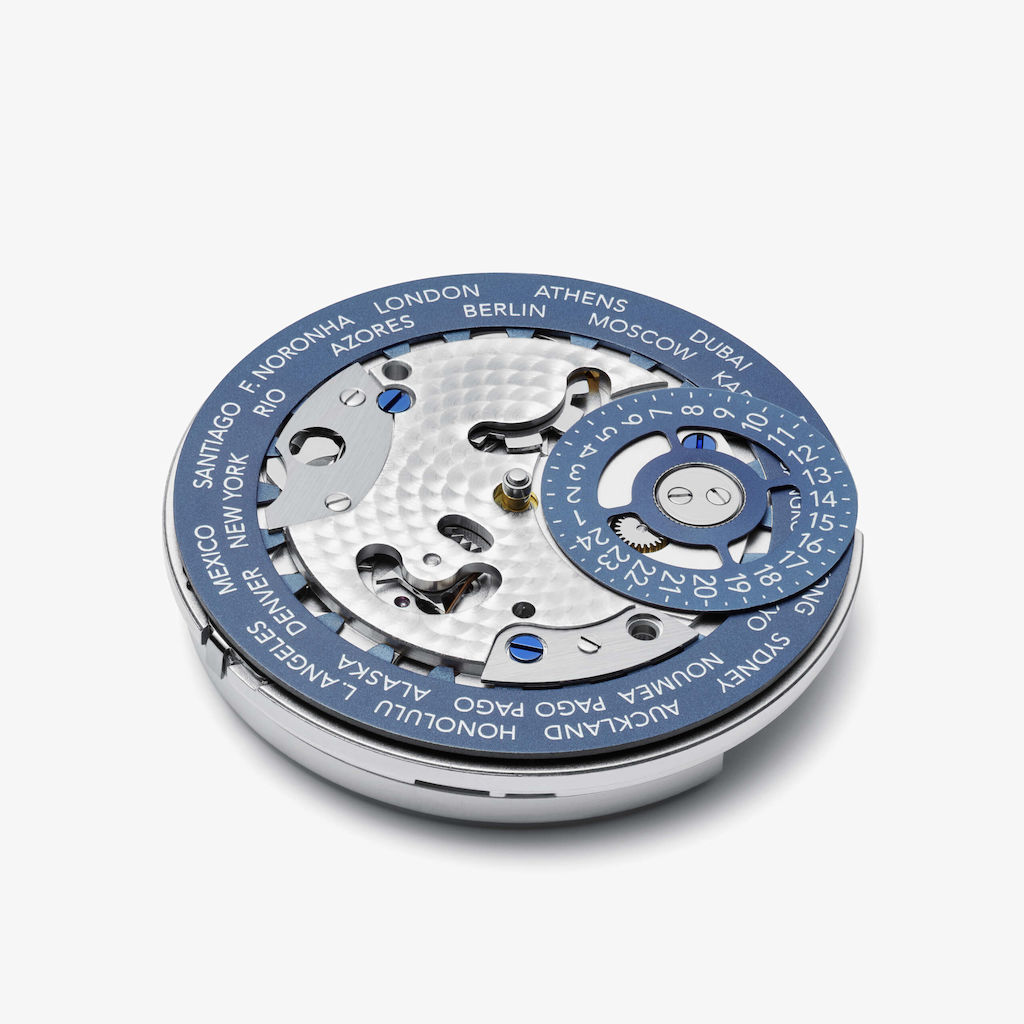
The NOMOS caliber with a world time function and its own escapement, the NOMOS swing system, is the automatic movement DUW 5201. It has a city ring and contains a 24-hour display for telling the time in places where you are not, so that you know immediately whether it is day or night there. The world time caliber is used in two models:
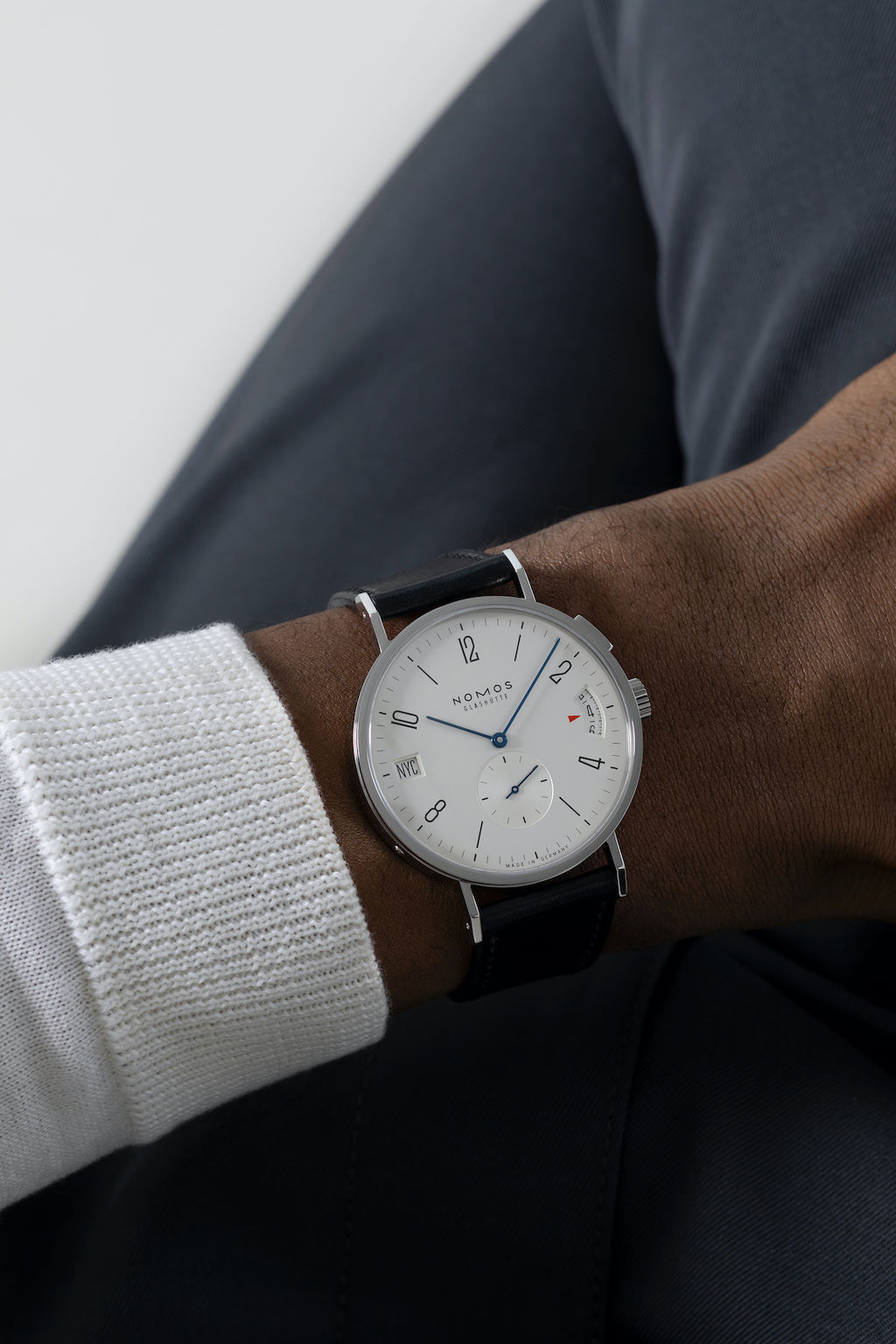
In Tangomat GMT, the world time mechanism is shown as a flexible second time zone: The 24-hour display is synchronized with the time at "home", i.e. the place where you are not at the moment, but with a time zone you want to keep an eye on. The hands of the large dial and the seconds hand, meanwhile, show the hours, minutes and seconds of the time zone in which you are staying—with a representative city referenced by its airport abbreviation in a window. When traveling through time zones, you can adjust the watch with a simple click of a button; the city display and hour hand then jump forward together by one hour.
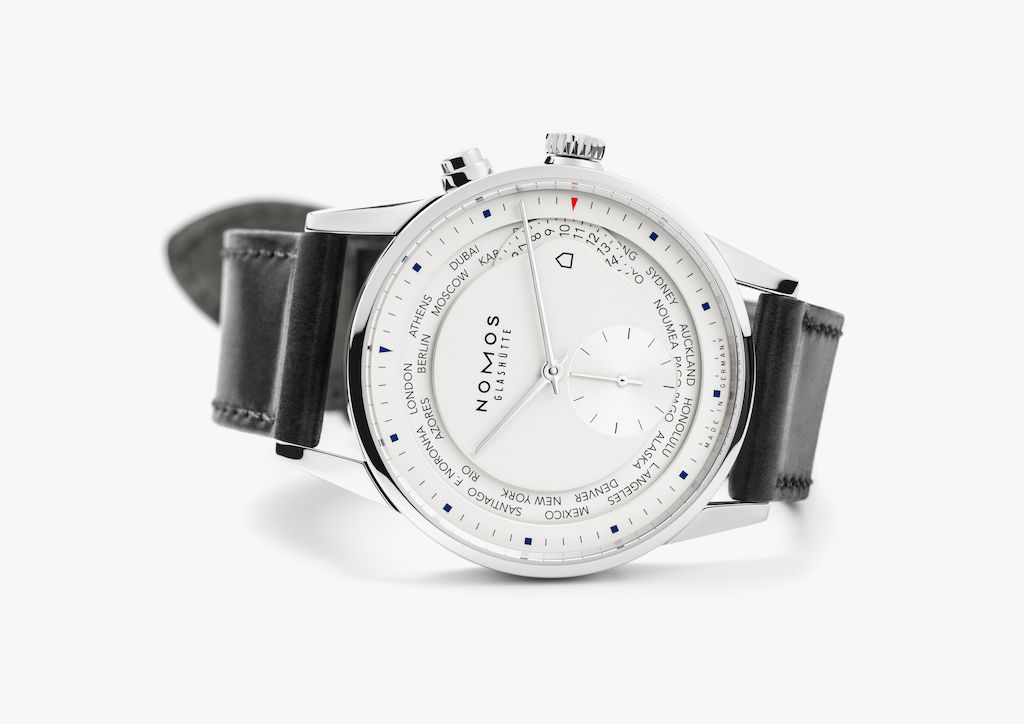
Meanwhile, the NOMOS automatic watch Zürich world time offers an overall view on the dial. Here, too, the respective home or permanent reference time is set once, while the current time of the place in the world where you are can be changed as required with the push of a button. The position of the large hands depends on which city name can be read at 12 o'clock. The city disc and the hour hands move together, so that the wearer always remains globally oriented with this elegant mechanical NOMOS watch with automatic movement.
Watches with world time mechanism
Moon phase display
How does the moon phase display work in mechanical watches?
The simplest control of the moon phase indication in the movement works with a disc on which two moons are depicted, and which is driven by a gear wheel that has 59 teeth (two times 29.5), so that one complete revolution corresponds to two lunar cycles. The advantage of a disc advancing in whole days is that the circuit can be coupled to the date mechanism. Over the course of about three years, the remaining minutes of the real moon phase add up to one day, which then has to be corrected by hand. Of course, there are also designs that aim for greater accuracy and then have to be corrected every hundred or, in individual cases, even every thousand years. Or sophisticated aesthetic implementations that show the course of the moon by day and night or in the surroundings of the starry sky of the southern or northern hemisphere. There is a great attraction to being able to conjure up the celestial events on the wrist with mechanical and artistic means.
What is the moon phase display in a mechanical watch?
The moon phase indicator is a minor complication in mechanical movements that make it clear on the dial if—and when—the next full or new moon is imminent. In astronomical grandfather clocks, the lunar cycle has been represented since the 15th century. Because although the moon gave its name to the word "month", it did not adapt itself to the fixed lengths of calendar months. Each moon cycle requires 29 days, twelve hours, 44 minutes and 3 seconds, or about 29.5 days. In order to be able to know at any time which phase the moon is in, even when the sky is cloudy, a mechanical display is therefore helpful. And because of the decorative possibilities it offers for watch design, this complication was very popular from the start of wristwatches in the 20th century, especially in the manufacture of ladies' watches.
Major complications

Some complications were developed out of a necessity that no longer exists. Nevertheless, they are still important components of the mechanical calibers of luxury watches, because a tourbillon, minute repeater or a rattrappante—a second, stoppable seconds hand found on chronographs—demonstrate the skill of a manufacture's watchmakers and show how fascinating complex mechanics can be.
Tourbillon
What is a tourbillon in a mechanical watch?
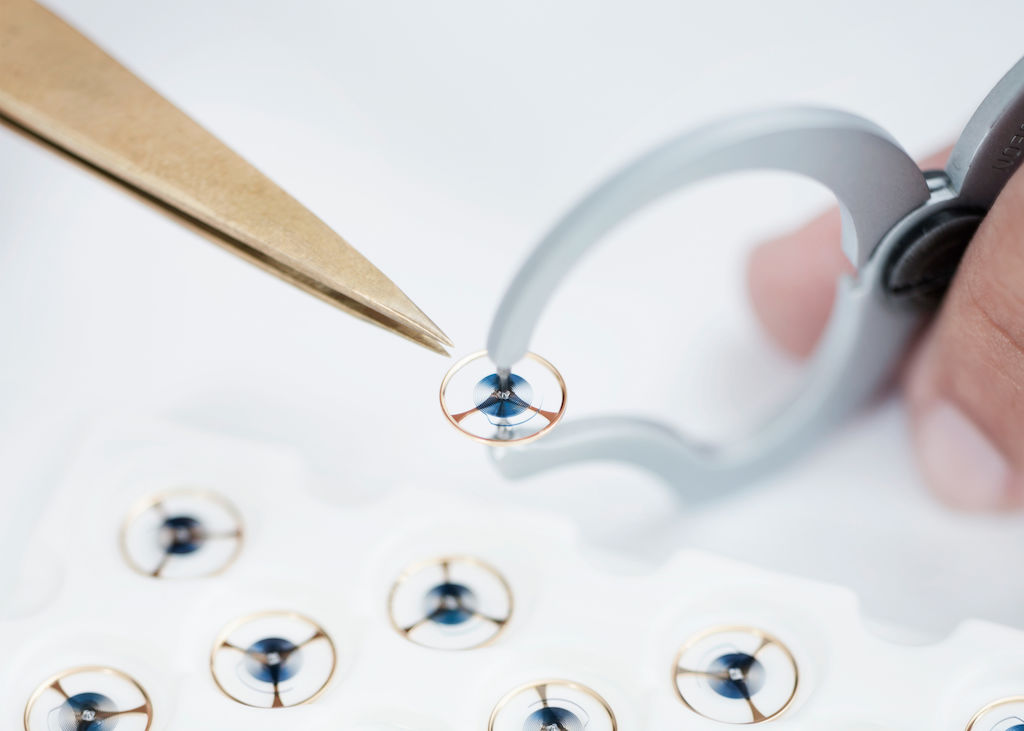
A tourbillon is a sophisticated complication of a mechanical watch that allows the oscillating system of the movement to rotate around its own axis during use. This idea was patented in June 1801 by the French watchmaker Abraham Louis Breguet. For years, he had been studying the effects of gravity on the oscillating system of pocket watches. At that time, pocket watches were mainly worn in one position, in a vertical position in a trouser or vest pocket, which made the center of gravity of the balance significant: a point on the balance rim was pulled towards the center of the earth, which led to the rotation of the balance being accelerated or slowed, and rate deviations occurring.
Breguet solved this problem by mounting the assortment in a rotating frame, also called a tourbillon cage. There, it rotated on its own axis once a minute, which compensated for the negative effect of the center of gravity; a breakthrough in the precision of mechanical watches. Wristwatches, which are constantly moved in all directions on the wrist, do not need a tourbillon. Nevertheless, this technically complex complication, which was initially developed for hand-wound movements, has been steadily refined by manufactures and even incorporated into automatic watches—out of sheer delight in the fact that it can be done. NOMOS Glashütte also designed and manufactured its own tourbillon in 2007, for a hand-wound watch in tonneau form from Wempe Chronometerwerke (reference WG74 0001).
Minute repeater
What is the minute repeater on a mechanical watch?
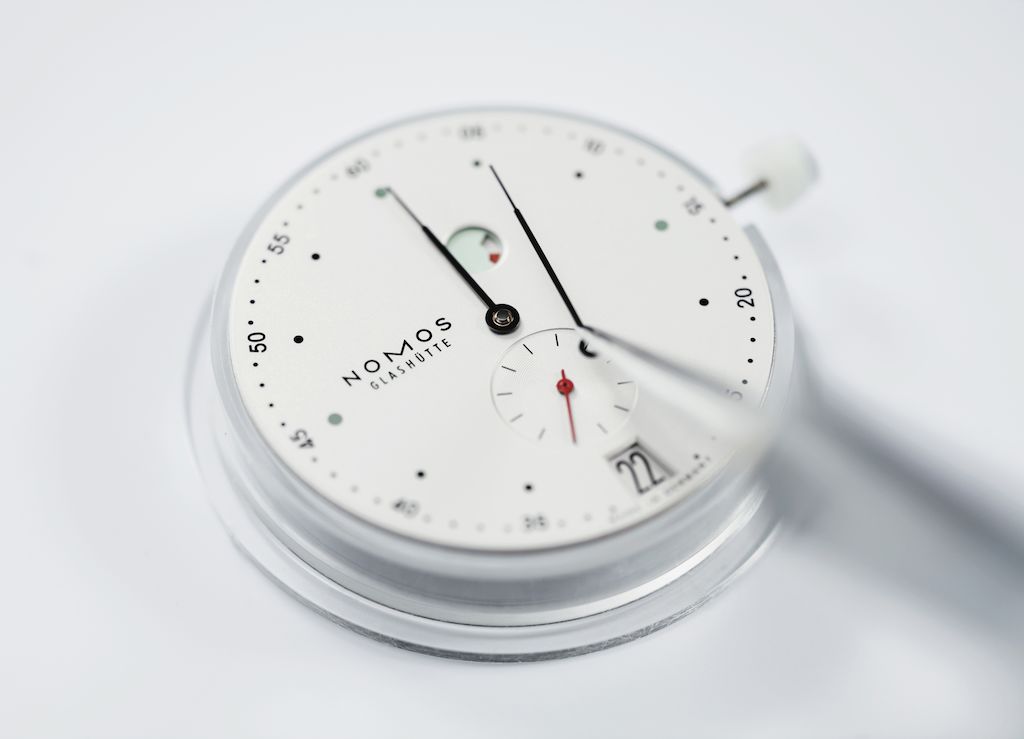
The minute repeater is a complication of mechanical movements that makes the time audible. Even before luminous compounds (containing radium and tritium) were used for watch dials in the 1960s, London watchmakers Edward Barlow and Daniel Quare developed the repetition striking movement in the early 17th century, which converted time into acoustic signals—a great advantage when you couldn't see the dial in the dark. Abraham Louis Breguet further developed this invention in 1783 with the tone spring.
The first wristwatches with minute repeaters were manufactured starting from 1910. To this day, nothing has changed in the way they work. In addition to a movement for the time, these timepieces are equipped with an independent gear train, the striking movement, with a mainspring that is wound as soon as you press the slide on the case. Then small hammers are activated, which acoustically represent the time. Watches with repetition detect the hand position, process it, and emit a different acoustic signal depending on the hand position. And they do so entirely without electronics—using only wheels, cams, and springs.
Perpetual calendar
What is the perpetual calendar in a mechanical watch?

The perpetual calendar is a complication of mechanical watches that is able to take into account different month lengths, and even leap years, when displaying the date. A perpetual calendar only needs to be readjusted manually if the leap year is skipped, as will next be the case in 2100. Then a small adjustment will be required in order to adjust the counting of the calendar years to the actual course of the year.The first pocket watches with a perpetual calendar were made in the 18th century; historians attribute the privilege of the first presentation of this special feature to the English watchmaker Thomas Mudge in 1764. In 1925, the Patek Philippe company launched the first wristwatch with a perpetual calendar. A perpetual calendar requires a large number of wheels, pinions, levers, and discs, which means it is not easy to set or correct. With this complication, therefore, an automatic movement is recommended—as well as the purchase of a watch winder, so that you can have nothing but pleasure with your watch until February 2100.
Chronograph
What is a chronograph?
A chronograph is a wristwatch with a stopwatch function. One or two buttons on the case serve to start, stop and reset a separate hand. Unlike stopwatches, a chronograph can measure a period of time independent of the time of day it displays: the measured time is shown by the second hand, in small sub-dials—also known as totalizers. The sub-dials can also indicate minutes and hours.The flyback chronograph is a step beyond chronographs and shortens timing. Its second button resets the hand to zero instantly. Some chronographs also come equipped with an altimeter or a compass.
Watchmaking inventions often have many parents. As a function for astronomical research, the French watchmaker Louis Moinet created a so-called thirds counter (Compteur de Tierces) in 1816. Five years later, his colleague and compatriot Nicolas Rieussec tested a chronograph at the horse races on the Champs du Mars, with which he could not only stop the winning time, but also the values of the other participants. The flyback mechanism was then patented in 1862 by the Swiss watchmaker Adolphe Nicole.


